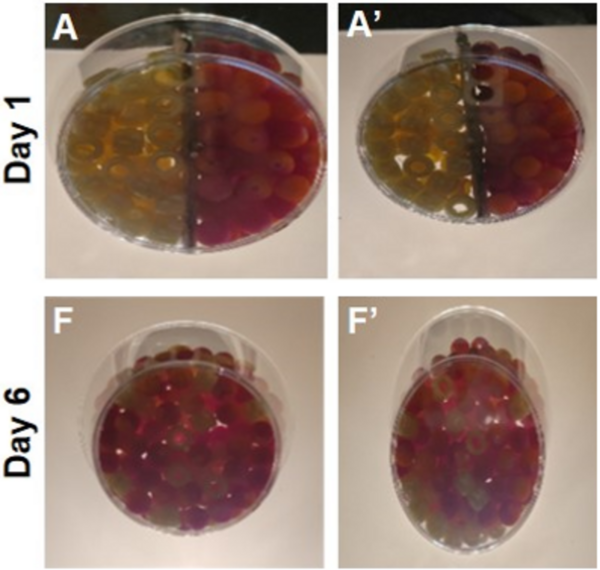The effect of circumference on the segregation of objects in a mixture
(1) Cramerton Christian Academy
https://doi.org/10.59720/21-182
The size segregation problem refers to the phenomena of larger particles rising to the top of a mixture of variously sized items seemingly against gravity. Upon reviewing the literature on the size-segregation problem, also known as the trail mix quandary, we realized that the reported findings did not account for the apparent adverse behavior of hollow items. Despite geophysical implications, such as erosion sediments, explanations regarding hollow items are necessary to ensure more precise distribution of nanoparticle substances throughout various systems. Additionally, the size segregation of irregularly shaped particles has not been clearly addressed. To address these limitations, we put forth a hypothesis that circumference, rather than size, dictates the arrangement of falling objects. We found that the distribution of hollow particles could be better predicted with a revision of the size-segregation theory. The key observation that motivated us to propose the revision to the model was that hollow beads sometimes trended toward the bottom of the mixing container over their smaller counterparts, contrary to the size-segregation theory. Our findings may increase precision and predictability of particle movement of non-enclosed hollow objects among unrelated items. A better understanding of particle distribution that may explain certain phenomena (i.e., that larger particles tend to rise to the top of a mixture and not sink under the influence of gravity) could be useful for many fields that deal with particulate matter from geology to chemistry.
This article has been tagged with: